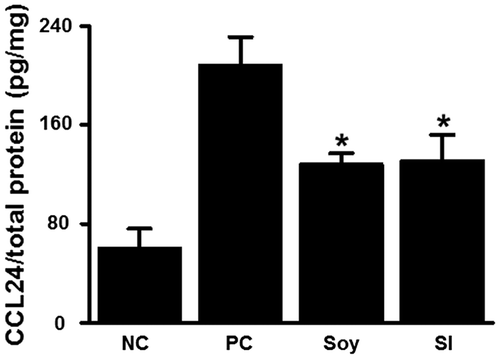Figures & data
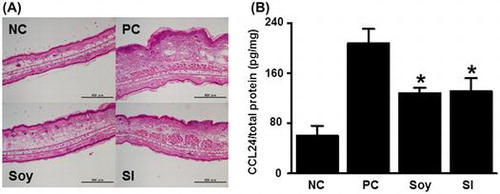
Fig. 1. Feeding mice with soybean and SI attenuates ear swelling due to contact allergy.
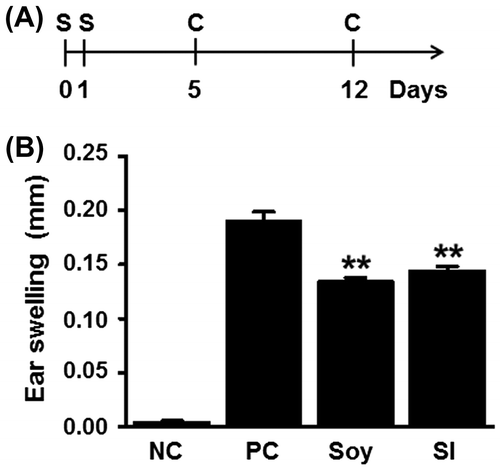
Fig. 2. Histopathological images of DNFB-challenged mouse ears.
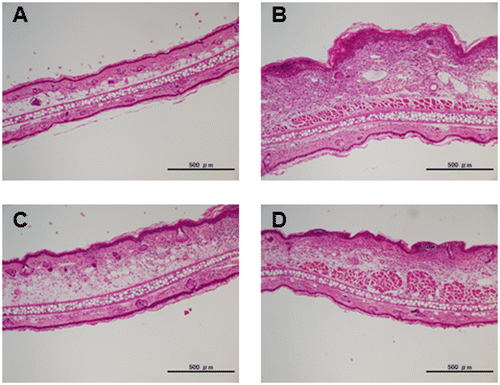
Fig. 3. Feeding mice with soybean and SI inhibits the infiltration of myeloid immune cells.
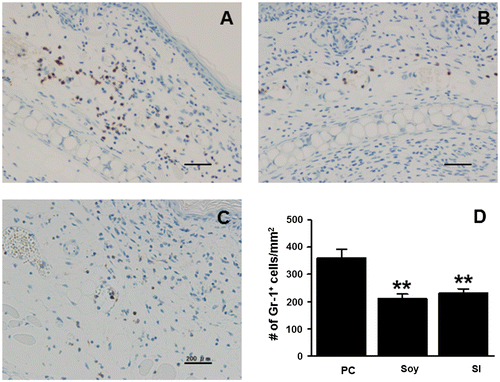
Table 1. Cytokine genes downregulated in the soy-treated mouse compared with the positive control as determined by DNA microarray analysis.
Fig. 4. Effect of feeding mice with soybean and SI on Ccl24 and Xcl1 mRNA expression.
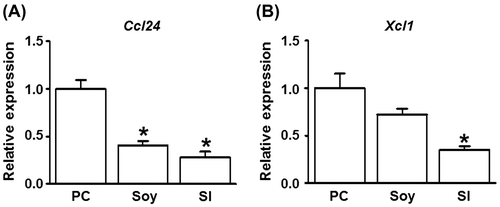
Fig. 5. Feeding mice with soybean and SI suppresses CCL24 production in ear tissues.
